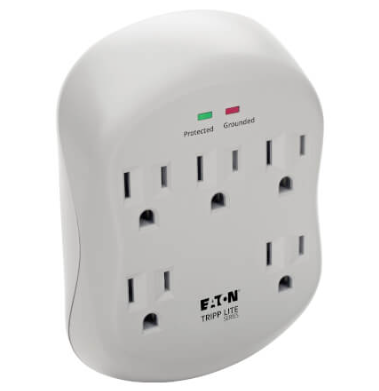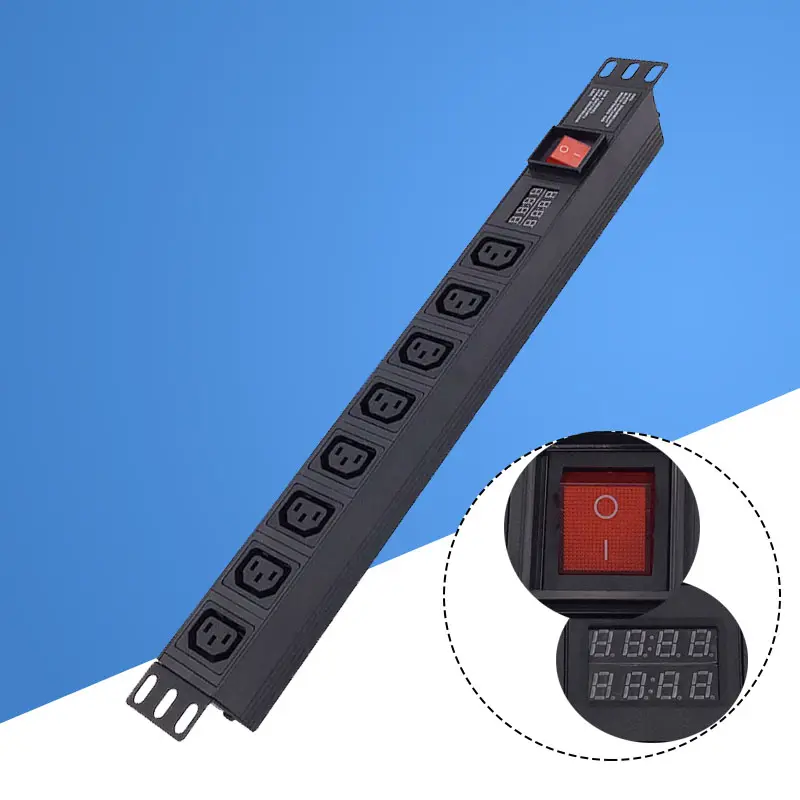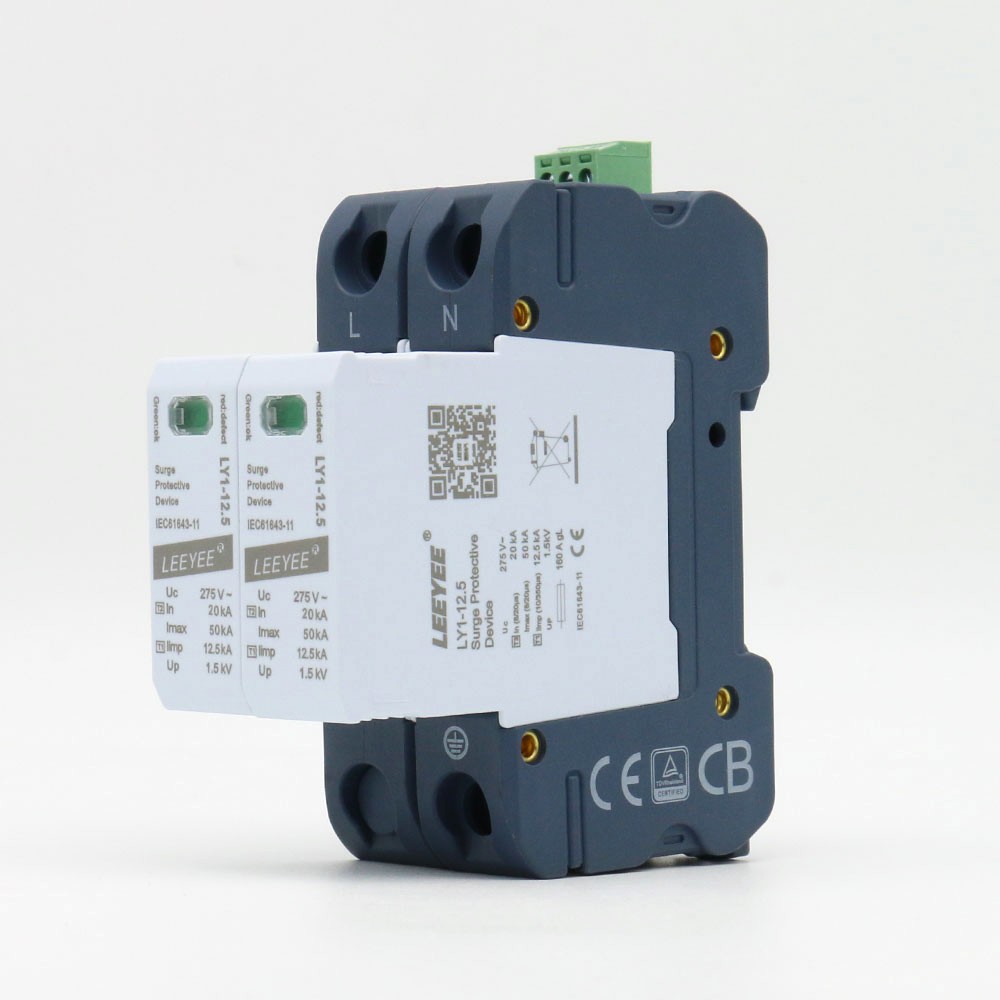Electrical surges can damage your valuable electronics, leading to costly repairs or replacements. These surges can stem from lightning strikes, power outages, or sudden changes in electricity use. A surge protector is essential for safeguarding your devices against these unpredictable threats.
A surge protector is a device designed to shield electronic equipment from voltage spikes. By redirecting excess voltage, it helps prevent damage to sensitive components, ensuring their longevity and functionality.
Let’s dive deeper into what a surge protector is, how it works, and why it’s crucial for protecting your electronics.
LEEYEE’s Surge Protection Solutions
LEEYEE’s SPDs are widely applied across residential buildings, data centers, petrochemical industries, railways, and PV systems. Each product undergoes strict quality control, using high-grade materials and advanced testing equipment. Key features include:
-
Discharge Capacity: 40kA–100kA, suitable for harsh lightning environments.
-
Response Time: Less than 25 nanoseconds.
-
Certification: CB, TUV, ISO9001 for global market compliance.
-
Customization: OEM/ODM support for branding, packaging, and technical parameters.
As a factory with over 15 years of experience and 8 production lines, LEEYEE guarantees bulk delivery efficiency and technical support.
What is a Surge Protector
A surge protector functions by intercepting excess voltage and directing it away from your electronic devices. When the voltage exceeds a certain threshold, the surge protector activates and channels the excess energy to the ground. This action prevents the surge from reaching your devices, thus minimizing the risk of damage.
How Surge Protectors Work
- Voltage Clamping: Surge protectors contain components, such as metal oxide varistors (MOVs), that clamp down on excess voltage. When the voltage rises above a preset level, the MOV conducts electricity away from the connected devices.
- Energy Absorption: Some surge protectors also have built-in capacitors that absorb excess energy, further protecting your devices. This feature is particularly important during high-voltage spikes.
- Indicator Lights: Many surge protectors come equipped with indicator lights that show whether the device is functioning correctly. A lit light typically means that the surge protection is active, while a dark light may indicate that the device needs replacement.
Types of Surge Protectors
Surge protectors come in various forms, and understanding the differences can help you choose the right one for your needs:
1.Plug-In Surge Protectors:
These are the most common type and are designed for home or office use. They typically feature multiple outlets and may include USB ports for charging devices.

pic from Eaton
2.Whole-House Surge Protectors:
Installed at the electrical panel, these devices protect all appliances and electronics in your home from surges originating from the power grid or external sources.
3.Power Strip Surge Protectors:
These combine multiple outlets with surge protection, allowing you to connect several devices while safeguarding them against surges.

The Importance of Using Surge Protectors
- Prevent Equipment Damage: Electrical surges can cause irreparable harm to sensitive electronics, such as computers, televisions, and home appliances. A surge protector acts as a first line of defense, helping to extend the lifespan of your devices.
- Cost Savings: The cost of replacing damaged equipment can be significant. Investing in a quality surge protector can save you money in the long run by preventing damage before it occurs.
- Enhanced Safety: Surges can sometimes lead to electrical fires. By using surge protectors, you reduce the risk of such hazards, contributing to a safer living environment.
Recommended Practices for Surge Protector Use
- Choose the Right Rating: Look for surge protectors with a high joule rating, which indicates how much energy they can absorb before failing. A higher rating generally means better protection.
- Replace When Necessary: Surge protectors do not last indefinitely. Check the indicator lights regularly, and replace the device if the protection status light indicates that it is no longer operational.Avoid Daisy Chaining: Connecting multiple surge protectors together can reduce their effectiveness. Instead, use one quality surge protector for multiple devices.
Conclusion
Understanding what a surge protector is and how it functions is essential for protecting your electronic devices from voltage spikes. These devices play a critical role in safeguarding your investments and ensuring the longevity of your electronics.
Investing in a quality surge protector is a proactive step toward preventing damage and enhancing safety in your home or office. Take action today to ensure that your devices remain protected against unpredictable power surges.
Sources
- National Fire Protection Association (NFPA)
- Underwriters Laboratories (UL) Standards for Surge Protective Devices
By using surge protectors, you can enjoy peace of mind knowing that your electronics are safe from unexpected electrical surges.



